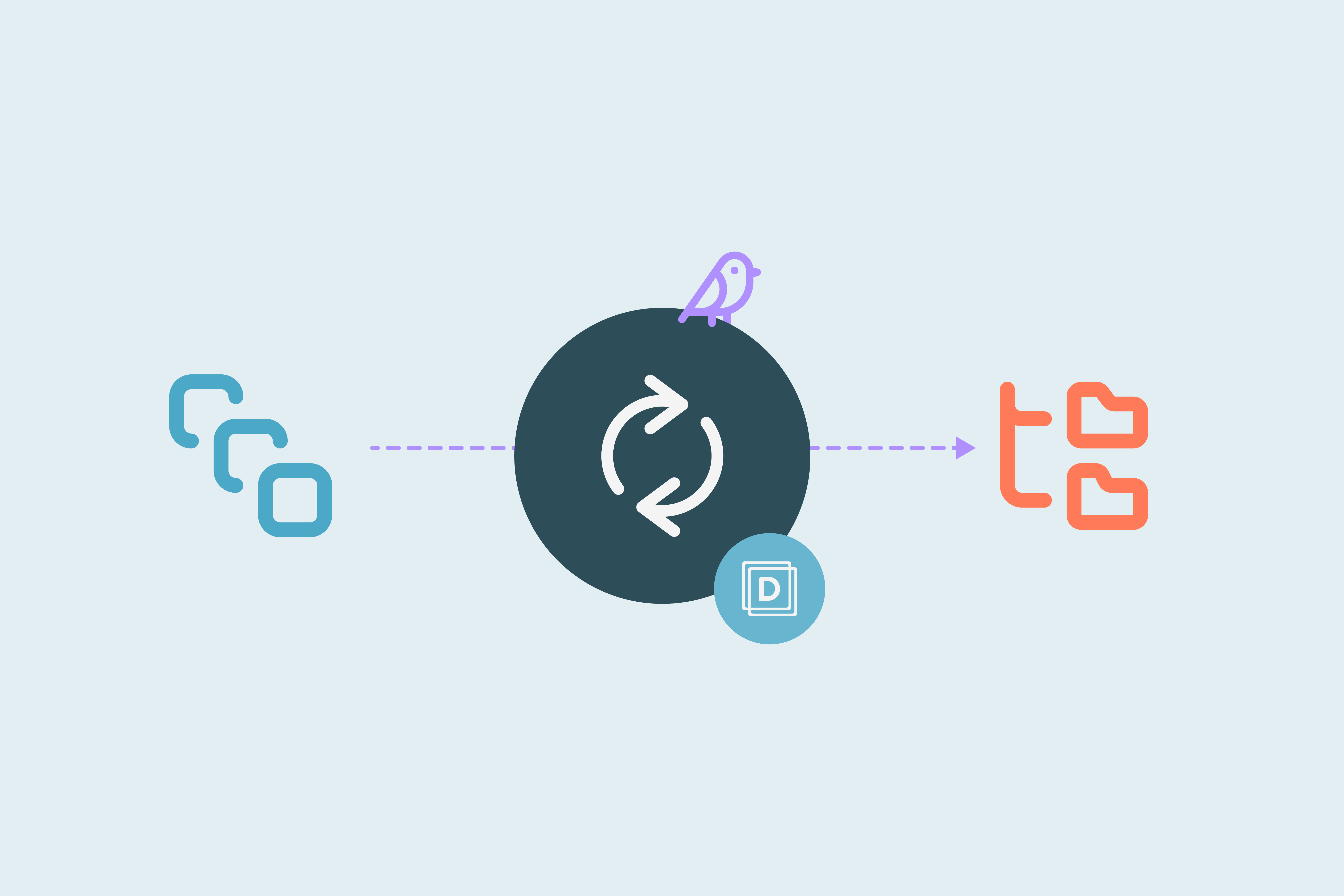How your client's CRM context shapes deduplication logic
Build match logic that reflects your client's CRM context.

Use field combinations, not single-field matches
Single-field matches introduce errors when matching duplicates, even emails can be unreliable if formatting is inconsistent, domains change, or entries are outdated. Matching should be based on combinations of fields that together indicate a higher level of confidence.
Before defining any logic, review how your client uses fields within their CRM. If Phone Number is present in most records, include it in the match options. If email is often missing or varied, prioritize other fields, like Company Name or Activity Date.
Effective combinations might include:
- First Name + Last Name + Phone Number
- First Name + Last Name + Email + Company
- Company Name + Address + Postal Code
Tip: Only use fields that are populated consistently and maintained by reliable processes.
Base merge rules on field behavior, not just field content
Field values need to be interpreted based on how they’re updated and used. Branded domains often reflect business identity, but not always. Activity dates show engagement, but only if logging is consistent. Before assigning weight to any field, assess how it enters the system.
Focus on fields that signal current relevance:
- Email domain: Can differentiate personal from work identity
- Last activity date: Indicates which contact has recent engagement
- Lead status or lifecycle stage: When automated, can reflect active pipeline
- Company association: Useful when maintained consistently and aligned with business processes
Avoid relying on create date, which tells you when a record was created but not whether it’s still meaningful. Assess whether each field is updated through forms, integrations, or manually - and how that affects trust in the data.
Do not use record completeness as a reference for quality
More populated fields do not guarantee a better record. A profile with more fields might reflect a one-time data import, or a simpler record might be actively used, with accurate associations and updated ownership.
Build match logic around what the fields represent, not how many are filled. If you're using merge rules that allow value prioritization, you can explicitly set certain email domains (like Gmail, Outlook, Yahoo) to lose when paired with a branded domain. This helps ensure you're keeping records tied to business identities when that distinction matters.
More examples:
- If both records belong to the same person but have different owners, retain the one with more recent activity
- If the company name is only present on one record, and it's a field maintained through automation or verified processes, use that as a tiebreaker
Test assumptions about field value by reviewing record-level behavior, not just volume.
Confirm match logic using a defined review process
Every merge rule needs to be tested before being applied broadly. The review process avoids misclassification and supports better decisions about which records to merge and keep.
- Run a scan using your proposed match logic. Start with 10-20 duplicate records
- Export the results and review a sample manually. Look for edge cases, naming conflicts, or mismatched associations
- Identify records with low business impact (no open deals, no current owner, no recent activity). Use this set for test merges
- After merging, review field values, associations, and owner assignments in the CRM
- Refine your match logic based on what the merged records show, not just what the rule intended
Repeat this cycle with each significant change to your merge criteria.
Build logic specific to each CRM instance
Every client CRM has different patterns of data entry, field use, and automation. Even if the CRM platform is the same, the match logic cannot be reused without review and adjustment.
Use this structured approach per CRM:
- Audit key fields to determine consistency and data quality
- Identify how fields are updated (manual input, automation, import, integration)
- Design field combinations that reflect stable and verifiable identity across records
- Set merge rules that reflect which fields should win based on their role in the business process
- Test on a limited set, review merged results, and refine as needed
Do not copy configurations across CRMs. Instead, standardize your review and build process. What scales is the method, not the logic.
Dedupely helps partners build, test, and run match options that respect how each of their clients' CRMs is used. Start here.
If you're starting a new deduplication project, read our guide on The fastest way for agencies to run short-term deduplication.
Contact us
We’d be happy to help you get this set up.
Write us a message
We probably know the answer to your question already 🙂
Book a Zoom
Whether you’re getting started or getting intense.
Get in touch!
Discover Related Blog Posts
Stay updated with our latest articles and insights.






















